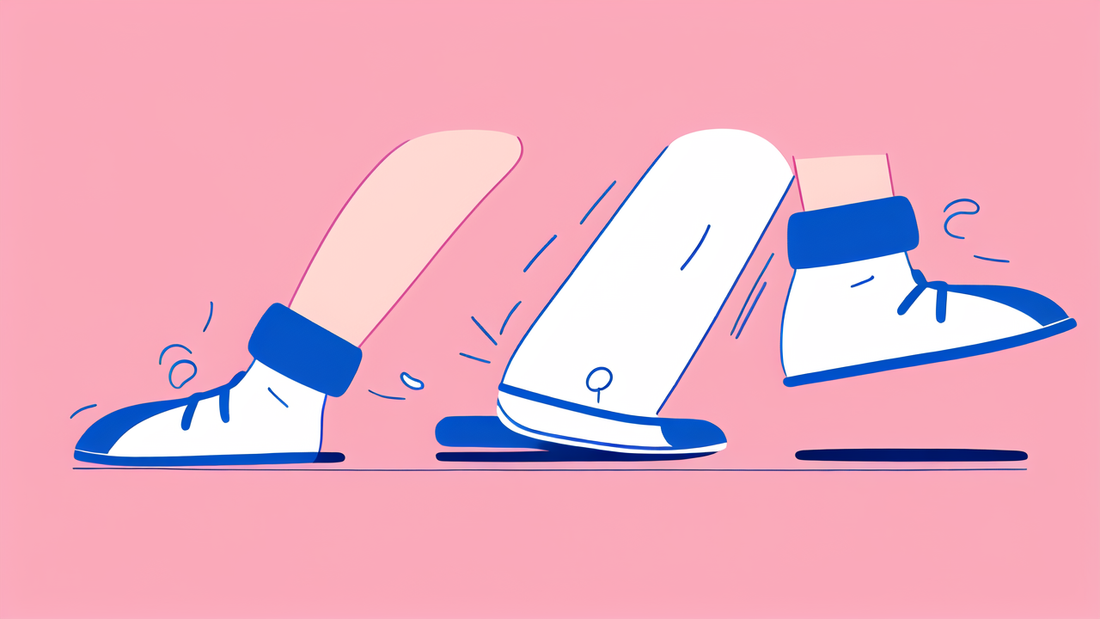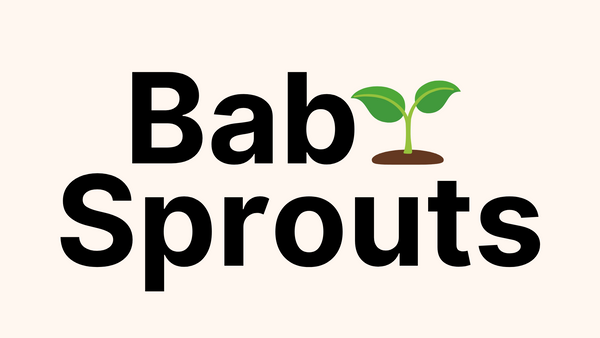
Dressing Your Bundle of Joy: Tips for Choosing the Perfect Baby's Outfit
Understanding Your Baby's Wardrobe Needs
Essential Factors in Choosing Baby Clothing
When selecting clothes for your baby, comfort is key. Opt for soft, breathable fabrics like cotton. Avoid items with scratchy tags or rough seams. Look for easy-to-use fastenings like snaps or zippers. These make diaper changes a breeze. Size is crucial too. Choose clothes that allow freedom of movement. Remember, babies grow fast. Don't buy too many items in one size. Safety is paramount. Avoid clothes with small buttons or loose strings. These can be choking hazards. Practicality matters. Machine-washable clothes save time and effort. Durability is important too. Babies can be messy, so choose clothes that can withstand frequent washing.

Seasonal Considerations for Your Baby's Attire
Dressing your baby for the seasons requires thought. In summer, light, breathable fabrics are best. Cotton onesies and rompers work well. Protect your baby from the sun with hats and light layers. For winter, layering is key. Start with a thin, soft base layer. Add warmer layers as needed. A cozy hat and mittens are essential for cold days. In spring and fall, be prepared for changing temperatures. Keep a light jacket or sweater handy. Remember, babies can't regulate their body temperature well. Always check if your baby feels too hot or cold. Adjust their clothing accordingly.
Balancing Comfort with Style: What to Look For
While style is fun, comfort should never be compromised. Look for clothes that are both cute and practical. Soft, stretchy fabrics allow for easy movement. Avoid outfits with too many frills or decorations. These can irritate your baby's skin. Opt for clothes with simple designs and patterns. These are easier to mix and match. Consider clothes that grow with your baby. Adjustable waistbands and cuffs are great features. Remember, your baby's comfort is more important than fashion trends. A happy, comfortable baby is always in style. Choose outfits that make diaper changes easy. Bodysuits with envelope necklines are practical and cute.
Making the Transition: From Swaddling to Regular Wear
Signs Your Baby is Ready for New Outfits
Transitioning from swaddling to regular clothes is a big step. Watch for signs that your baby is ready. One clear sign is when your baby starts to roll over. This usually happens around 3-4 months. At this point, swaddling becomes unsafe. Another sign is increased arm movement. If your baby constantly breaks free from the swaddle, it's time to change. Improved sleep without swaddling is also a good indicator. Some babies may show discomfort when swaddled. This could mean they're ready for more freedom. Remember, every baby is different. Some may be ready earlier, others later. Always prioritize your baby's safety and comfort during this transition.

How to Choose the Right Transitional Clothing
When moving from swaddling to regular wear, start gradually. Sleep sacks or wearable blankets are great transitional items. These provide warmth without restricting movement. Look for sleepwear with long sleeves for cooler nights. For daytime, choose soft, stretchy clothes. Onesies and rompers are excellent options. They allow for easy movement and diaper changes. Consider clothes with zippers or snaps down the front. These make dressing easier for wiggly babies. Avoid clothes with too many buttons or complex fastenings. Comfort and ease should be your top priorities. Remember, your baby is adjusting to new sensations. Soft, familiar fabrics can help ease this transition.
Adapting Swaddling Blankets for Day-to-Day Wear
Don't discard your swaddling blankets just yet. They can be repurposed in many ways. Use them as light blankets for tummy time or playtime. They make great burp cloths or changing pad covers. Large swaddle blankets can become nursing covers for breastfeeding moms. On cooler days, use them as an extra layer over your baby's regular clothes. They're perfect for impromptu picnics or as a clean surface for your baby to sit on. Some parents use them as makeshift sun shades for strollers. Get creative! Swaddle blankets are versatile and can be used long after the swaddling phase. Their soft, familiar texture can be comforting for your growing baby.
Navigating the Market: Buying for Baby Shoes
What to Consider When Purchasing Baby Shoes
When buying baby shoes, remember that barefoot is best for development. Shoes are mainly for protection, not support. Look for soft, flexible soles that bend easily. This allows natural foot movement. Choose breathable materials like leather or canvas. Avoid synthetic materials that can cause sweating. Ensure there's enough room for growth. A thumb's width of space at the toe is ideal. Check the fit regularly, as babies' feet grow fast. Consider shoes with adjustable closures like Velcro. These allow for a better fit as your baby grows. Avoid shoes with high ankles or rigid soles. These can hinder natural movement and development. Remember, shoes are not necessary until your baby starts walking outdoors.

The Importance of Safe and Ergonomic Footwear for Babies
Safe, ergonomic footwear is crucial for your baby's developing feet. Shoes should mimic barefoot conditions as much as possible. This supports natural foot development and balance. Look for shoes with wide toe boxes. This allows toes to spread naturally. Avoid shoes with arch support or orthotics. Babies develop these naturally through barefoot movement. Choose shoes with non-slip soles for safety. This is especially important for new walkers. Ensure the shoes are lightweight. Heavy shoes can affect your baby's gait and balance. Avoid shoes with pointed toes or narrow fits. These can deform growing feet. Remember, ill-fitting shoes can cause long-term foot problems. Always prioritize function over fashion when choosing baby shoes.
How to Select the Perfect Baby Shoe for Your Little One
Selecting the perfect baby shoe involves several steps. First, measure your baby's feet regularly. Feet grow rapidly in the first year. Shop for shoes in the afternoon when feet are slightly swollen. This ensures a comfortable fit all day. Let your baby stand when trying on shoes. Check for about a half-inch of space at the toe. Watch your baby walk in the shoes. Look for any signs of discomfort or awkward movement. Choose shoes with flexible, non-skid soles. These provide traction without restricting movement. Opt for breathable materials to keep feet cool and dry. Consider easy-to-clean materials for inevitable messes. Remember, expensive doesn't always mean better. Focus on fit and functionality. Most importantly, trust your instincts. If a shoe seems uncomfortable, keep looking.
